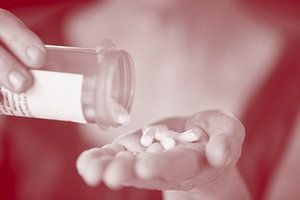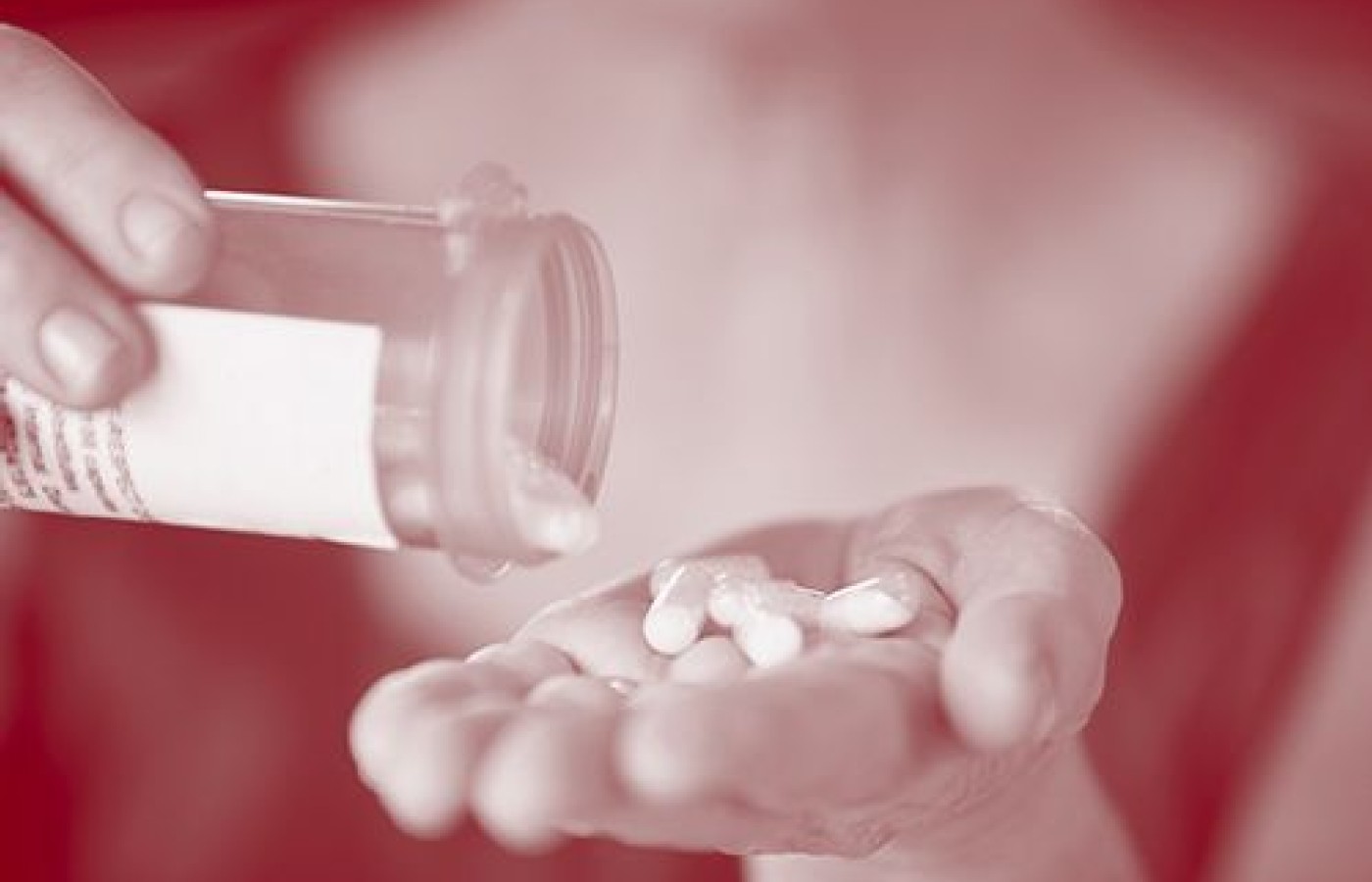Whether you accept it, avoid it or live somewhere in between, insurance coverage has become a defining issue for our profession. Patients increasingly expect to use their benefits, practitioners want to be compensated fairly for their time and expertise, and the system itself remains – at best – fragmented. The encouraging news is that coverage has expanded in meaningful ways. The challenging news is that reimbursement, across the board, remains inadequate.
Treating Behavioral Disorders in Children
In the last decade, I have seen a steady increase of "behavioral disorders" in children at my practice, ranging from PTSD, OCD, hyperactivity, attention deficit, depression and anxiety. As such, the number of children taking prescription drugs for mood and behavior problems has skyrocketed.
I wonder how these pharmaceuticals will affect them in the long run. Most of the pills prescribed for children target two chemicals in the brain — serotonin and dopamine, which can affect both the frontal and prefrontal cortex lobes, but also bring on severe side-effects.
The side effects I have seen most routinely are: nausea, stomach pain, dry mouth, constipation, headaches, brain fag, nervousness, and insomnia. A lot of children end up needing to take several different drugs to counteract unwanted side-effects, and the toxic levels bring a heavy load on their liver, needless to say on their developing minds. Here is an example of one child that I have treated on and off for last 13 years.
D's Case Study
D, now 16, was first brought to my practice when she was 3 years old. Her birth mother was a methamphetamine addict, therefore D was exposed in utero and diagnosed with developmental disabilities. Her adoptive parents brought her to me because she was suffering from speech delay, insomnia, extreme restlessness and bouts of skin outbreaks. My diagnosis was Kidney Jing and Yin deficiency with heat and blood toxicity. I treated her with sho-ni-shin and herbal medicine. After six months of regular weekly treatments, D was sleeping well and behaving as a normal three-year-old.
Her skin outbreaks, mostly in the form of toxic sores responded very well to the formula Wu Wei Xiao Du Yin and the frequency of attacks diminished. D, always looked forward to her sho-ni-shin treatments; she especially loved the brushing and scraping tool along the Bladder and Du channels. I also performed in and out insertions with very thin seirin needles on the points LI 11, DU 14 and SP 10. I used the teishin tool to stimulate the Baxie points, HT 7 and DU 20.

I followed up with D for another two years seeing her once a month, but I then moved abroad and didn't see her for the next 8 years. Upon my return, and felt extremely depleted physically. Her main complaints were centered on digestive issues and anxiety. She usually felt it coming in the evening but occasionally had emotional outbreaks during school hours. She also complained of extreme fatigue following insomnia and night sweats which made it difficult to go to school in the morning. Nausea and vomiting seemed to be a daily occurrence as well as severe stomach pain and stubborn constipation with very dry and hard stools. I diagnosed and started to treat four major patterns:
- Fetal toxicity
- Shaoyang syndromes with Liver and Stomach disharmony and Qi stagnation
- Kidney and Heart disharmony with heat above and cold below
- Yin deficient heat and phlegm misting the Heart
Clearly, many of her symptoms were brought on by the medications she was taking. I worked with her mother and her prescribing physician to reduce the pharmaceutical load as much as possible. After a few trials I came up with a herbal formula which seemed to work well, without any interactions.
D was very sensitive and fearful of needles, hence I could only pick a maximum of three or four points to needle in one session and I used moxibustion and the shonishin tools, which she loved for the rest of the treatment as well as abdominal massage. Here's a list of the points I used:
- LI 11, LI 4, ST 25, LV 13, Ren 14, SJ 6, and GB 34 with seirin needles.
- ST 36, Ren 12, DU 12, UB 20 and 23, and at the end of her menstrual cycle, Ren 4 and 6 and GB 26 for vaginal discharge, with moxibustion.
- Baxie points, LU 9, HT 7, LV 3, KD 3 and 6, PC 5 or 6 and SP 4 and DU 20 along with GB 13 and 15 with Teishin stimulation.
After a few trials, the herbal formula that worked best for her (without creating any interactions with her medications) was Jia Wei Xiao Yao San with:
- Sheng Di Huang for heat in the Blood and Blood deficiency.
- Shu Di Huang and Shan Zhu Yu for Kidney deficiency, anxiety and lack of self-confidence.
- He Huan Pi, Ye Jiao Teng and Yuan Zhi for depression, insomnia and restlessness.
- Xia Ku Cao and Long Dan Cao for manic states.
- Shi Chang Pu with a small amount of Huang Lian for general confusion.
I recommended she take from ovulation to the start of her period and the first few days of bleeding. Her mother found that giving her a few doses of the herbs during the rest of the month whenever she had a crisis also helped to calm her down. During a whole year, we kept up D's weekly sessions. We definitely saw an improvement in D's school performance and in the intensity of the premenstrual blowouts.
They still happened occasionally but she was able to get over them much quicker. A few changes in her diet also helped some of the digestive issues; we eliminated gluten, sweet soda drinks and as much preservatives, additives and refined foods as possible. She still experiences nausea and vomiting on a regular basis and needs some form of laxative to move her bowels.
I am still treating D on a weekly basis and again after weekly treatments for the last year, her hormones and nervous system feel more balanced and she often goes through two to three weeks of the month without any crisis.



